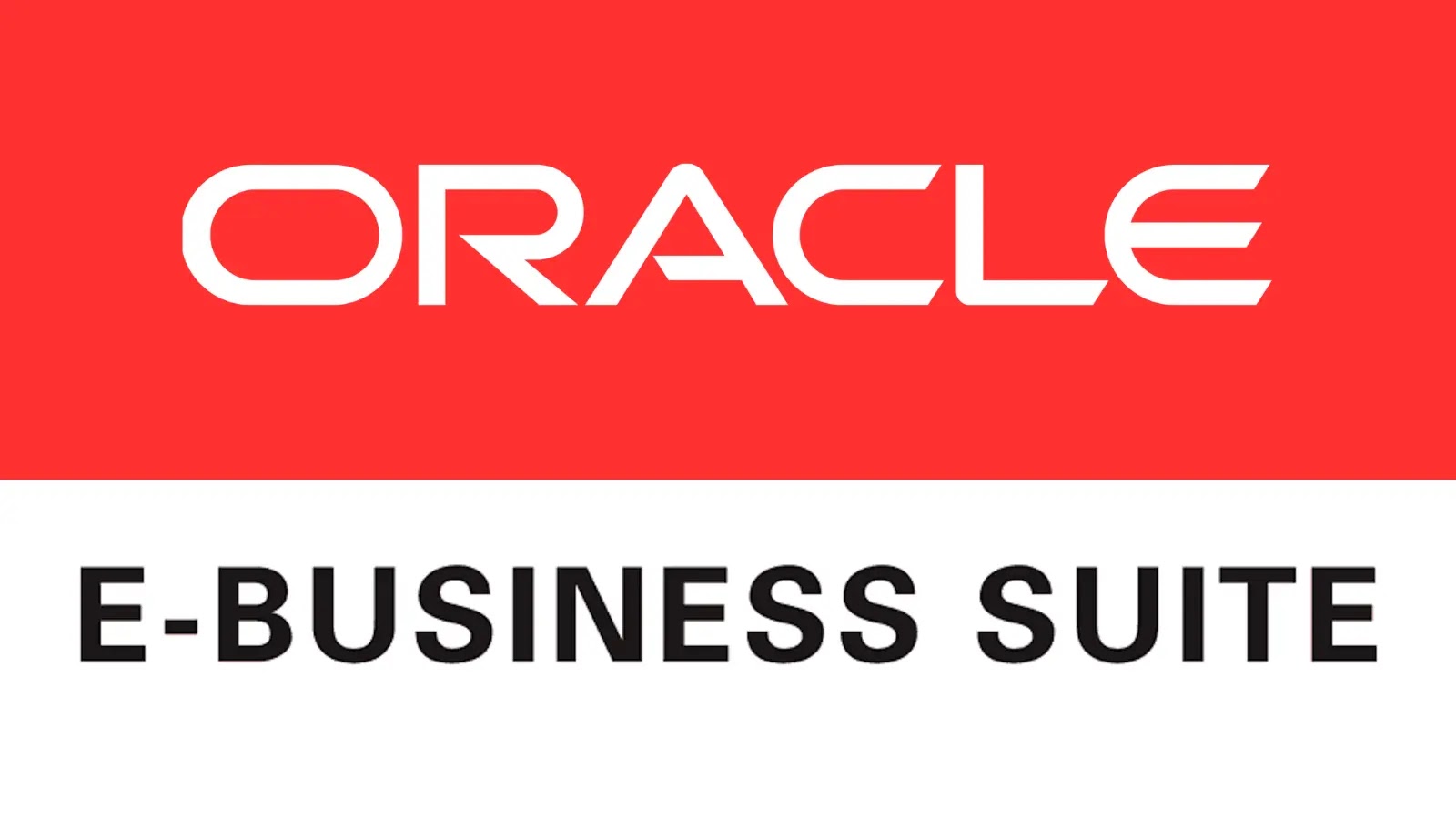Oracle has recently identified a significant security flaw within its E-Business Suite, designated as CVE-2025-61884. This vulnerability permits remote, unauthenticated attackers to access sensitive configuration data, posing substantial risks to organizations that depend on this platform for essential business operations.
Overview of the Vulnerability
CVE-2025-61884 is located in the Runtime User Interface of the Oracle Configurator component, a module integral to managing product and service configurations within the E-Business Suite. The flaw allows attackers with network access to bypass authentication mechanisms over HTTP, enabling unauthorized retrieval or enumeration of critical configuration data. Oracle has assigned this vulnerability a CVSS 3.1 base score of 7.5, categorizing it as high severity due to its ease of exploitation.
Potential Impact on Organizations
Exploitation of this vulnerability could grant malicious actors complete access to all data within the Oracle Configurator. This includes sensitive business configurations that influence operational decisions, such as proprietary models, pricing strategies, and customer information. For industries like manufacturing and retail, exposure of such data could lead to competitive disadvantages and potential regulatory infractions. Notably, while the confidentiality impact is high, the integrity and availability of the system remain unaffected, indicating that the primary risk is data exfiltration rather than system disruption.
Context of Recent Security Challenges
The disclosure of CVE-2025-61884 follows closely on the heels of another critical vulnerability, CVE-2025-61882, which has been actively exploited by ransomware groups such as Cl0p. This pattern underscores ongoing security challenges within Oracle’s enterprise resource planning software. Security experts caution that CVE-2025-61884 could similarly be targeted, especially with the circulation of proof-of-concept exploits for related vulnerabilities. Organizations with unpatched E-Business Suite instances, particularly those accessible via the public internet, are at heightened risk.
Recommended Mitigation Strategies
To address this vulnerability, Oracle strongly recommends that organizations using E-Business Suite versions 12.2.3 through 12.2.14 promptly apply the released patches available through the Security Alert program for supported releases under Premier or Extended Support. For customers operating on older versions, upgrading to maintained branches is advised, as earlier releases like 12.1.3 may also be susceptible, despite not being explicitly tested.
Additional protective measures include:
– Network Segmentation: Restrict HTTP access to the Configurator User Interface to limit potential attack vectors.
– Monitoring for Anomalous Activity: Implement monitoring systems to detect unusual requests or behaviors that may indicate exploitation attempts.
Oracle’s advisory provides comprehensive patch instructions and emphasizes adherence to the Lifetime Support Policy to ensure ongoing protection. While there have been no confirmed instances of active exploitation for CVE-2025-61884 to date, the rapid succession of E-Business Suite attacks necessitates immediate and proactive measures to secure sensitive resources.
Conclusion
The identification of CVE-2025-61884 highlights the critical importance of maintaining up-to-date security practices within enterprise systems. Organizations must prioritize the application of security patches and implement robust monitoring to safeguard against potential data breaches. Staying informed through trusted cybersecurity news sources and adhering to recommended security protocols are essential steps in mitigating the risks associated with such vulnerabilities.



